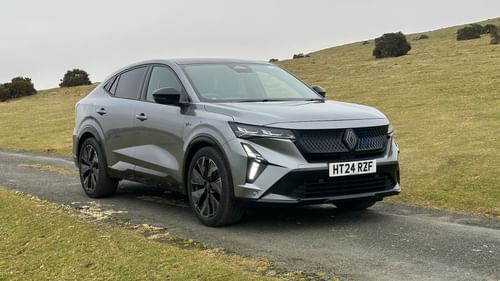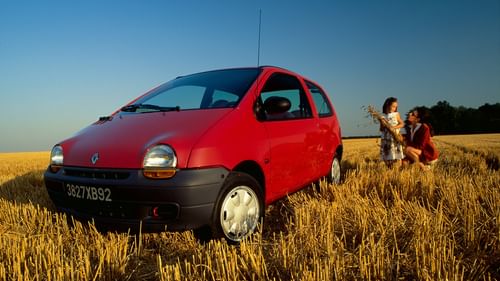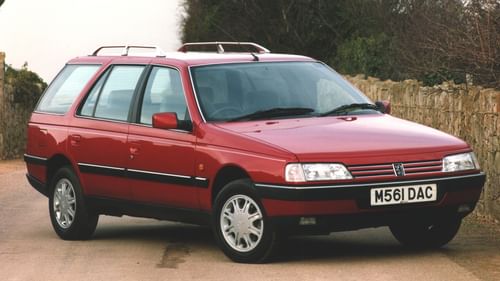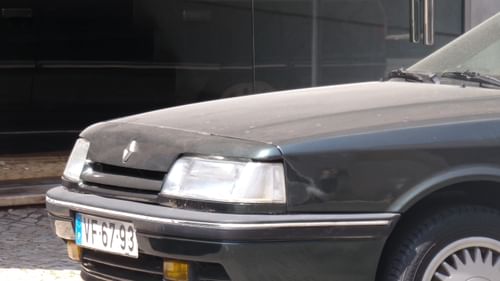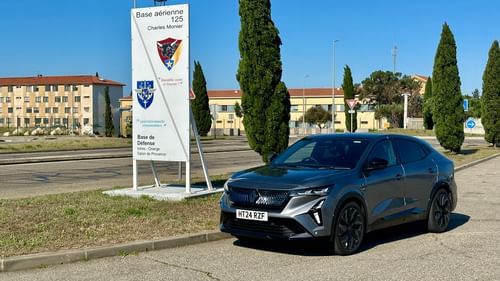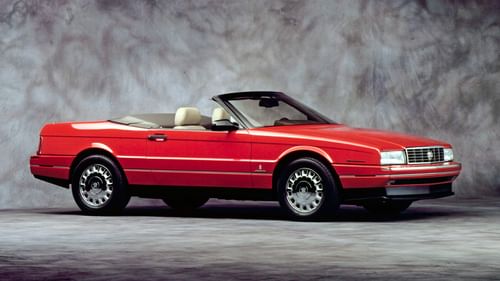Spanish Shatchback: 3 into 5 makes the Renault 7
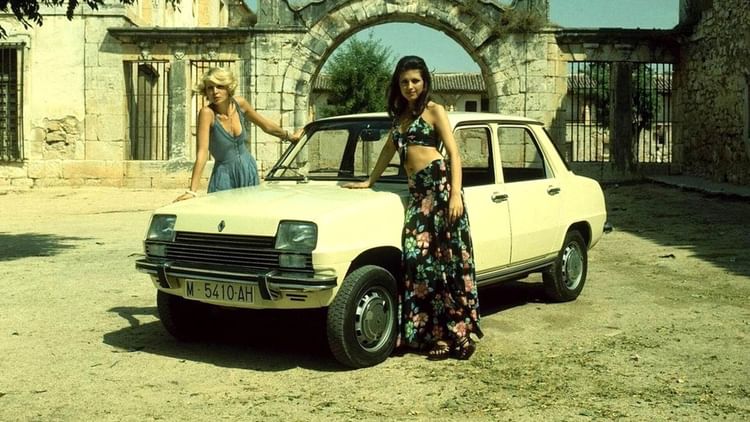
Time, it would appear, is a great healer. The Renault 7 is proof that even a Shatchback can become appealing over time. Over four decades on, is it time to forgive the car born as the Renault Siete its sins? Here's the case for the defence.
Launched in 1974, the Renault Siete – as it was badged until a restyle in 1979 – was designed specifically for the Spanish market and built by FASA-Renault, a company established in 1951 to allow local production of Renault vehicles. By the time the Siete had arrived, FASA had already built the 4CV and Renault 12 at its factory in Valladolid.
Barely two years after the launch of the effortlessly chic Renault 5, the Spaniards did the unthinkable and bolted a stubby boot on the famous five's pert bottom. The result was one of the first examples of a Shatchback; a lesson from history that was left unheeded.

This website provides a wonderfully detailed history of the Renault 7 and includes the brilliant line: “In addition to the chest that [procure] him a questionable line, many details make the difference with the Renault.” Something has been lost in Google translation, but you get the picture.
These additions include indicators mounted on the grille and metal bumpers, rather than the plastic versions found on the 5. These features give the Siete a more classic look and – dare we say – give it a face as appealing as the original Renault 5.
The less said about the back the better, although the boot seems rather adept at swallowing everything you'd need for a Spanish seaside holiday, including, it would appear, a bird in the cage. Some folk take a dog on holiday, the Spanish take a bird.
A Spanish oddity spotted now in #Barcelona #Renault 7, a 5 sedan built only for local market consumption pic.twitter.com/6N7sxg6eEP
— Matteo Licata (@matteo_licata) September 8, 2016
It's interesting to note the Renault 7 also featured a concealed floor in the boot, something modern carmakers get rather excited about. Today, these concealed floors are usually the result of ditching the spare wheel, but thanks to the genius of the 5 designer Michel Boué, the spare is hidden away under the bonnet. Packaging, done well.
In 1979, the Renault Siete was rebadged the 7, bringing it in line with the corporate family tree. Other changes included a new dashboard, new bumper overriders and new rear lights.
Production figures vary according to source, but the official line from Renault is that 240,000 units rolled out of the Valladolid factory between 1974 and 1982. It was put to death by the arrival of the Renault 9, a car which, unlike the Renault 7, would be sold all over the world.

As it happened, the Renault 7 saw little life outside of its native Spain; the Renault 12 was more practical and available for just a small price premium. As a result, the Shatchback became little more than a curiosity; something you might see on your Spanish hols. A quick glance at your jug of sangria, just to make sure you weren't seeing things.
So, can we forgive the Siete/7 for adding a ‘chest’ to the back of the Renault 5? After all, it fits the classic definition of a Shatchback – an afterthought based on an otherwise perfectly-formed hatchback.
You know something – PetrolBlog reckons the Renault 7 should be filed under ‘Good Shatch’, joining the likes of the Renault Chamade and the Ford Orion. If nothing else, the subtle tweaks to the front were well executed, and it's not as though Spain exported an armada of these things to terrorise the rest of Europe.
As usual, it will be up to the PB community to decide: Renault 7 – Good Shatch, Bad Shatch?
If you're teetering on the brink, this video might help, although the Stevie Wonder soundtrack might encourage you to stick a small incendiary device in each ear. Sorry, Stevie, we might be able to forgive the Renault 7, but that song deserves no pardon.
Hat tip to the wonderful Renault-5.net. Main image © Renault.
